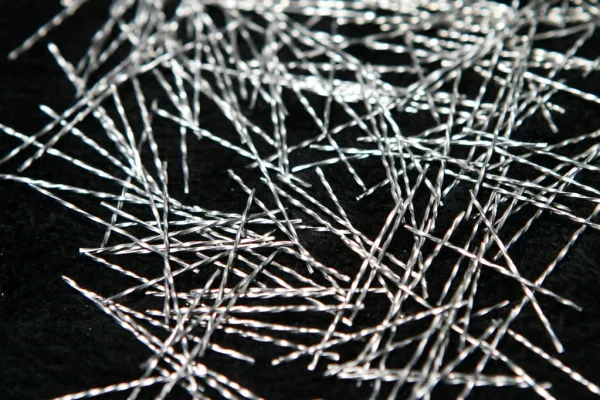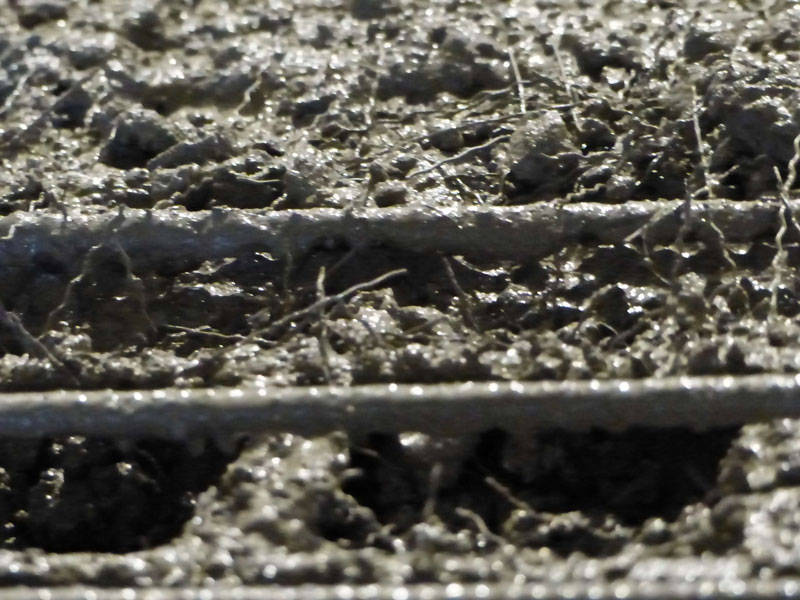Understanding the benefits and applications of steel fiber empowers engineers and contractors to make informed decisions, ensuring the successful implementation of this versatile reinforcement material.
1. Introduction to Steel Fiber
Steel fiber is a type of reinforcing material used to enhance the mechanical properties of concrete. It consists of small.
Discrete steel fibers that are uniformly distributed throughout the concrete mixture. These fibers provide reinforcement and improve the overall performance of the concrete.
2. Benefits of Steel Fiber
2.1 Increased Tensile Strength
Steel fiber greatly enhances the tensile strength of concrete. The fibers act as micro-reinforcement, effectively bridging cracks and distributing loads. This results in improved resistance to cracking and enhanced structural integrity.
2.2 Crack Resistance
The addition of steel fiber significantly improves the crack resistance of concrete. The fibers act as a reinforcement matrix, restricting crack propagation and minimizing crack widths. This is particularly beneficial in applications where durability and long-term performance are critical.
2.3 Enhanced Durability
Steel fiber-reinforced concrete exhibits enhanced durability, making it suitable for harsh environments and demanding applications.
The fibers provide additional protection against abrasion, impact, and cyclic loading, prolonging the service life of the concrete structure.
3. Applications of Steel Fiber
3.1 Industrial Flooring
Steel fiber is commonly used in industrial flooring applications, such as warehouses, distribution centers, and manufacturing facilities.
The reinforcement provided by steel fiber improves the load-bearing capacity and resistance to dynamic loads, ensuring the durability and longevity of the flooring system.
3.2 Tunnel Linings
In tunnel construction, steel fiber is employed to reinforce shotcrete linings. The fibers enhance the structural integrity and crack resistance of the tunnel lining.
Providing increased safety and stability. Steel fiber-reinforced shotcrete is widely used in underground mining, transportation, and infrastructure projects.
3.3 Precast Elements
Steel fiber is also utilized in the production of precast concrete elements. The addition of fibers improves the strength and ductility of precast components.
Allowing for thinner and lighter elements without compromising structural performance. This offers cost savings and design flexibility in the manufacturing of precast elements.
3.4 Shotcrete Applications
Steel fiber-reinforced shotcrete is extensively used in various applications, including slope stabilization, retaining walls, and repair of existing structures.
The fibers enhance the bond strength, crack resistance, and overall performance of shotcrete, providing efficient and durable solutions for a wide range of construction projects.

Conclusion
Steel fiber offers significant benefits in terms of increased tensile strength, crack resistance, and durability in concrete. Its versatile applications range from industrial flooring and tunnel linings to precast elements and shotcrete applications.
By understanding the advantages and diverse applications of steel fiber, engineers and contractors can harness the full potential of this reinforcement material, ensuring the successful execution of construction projects with enhanced performance and longevity.
